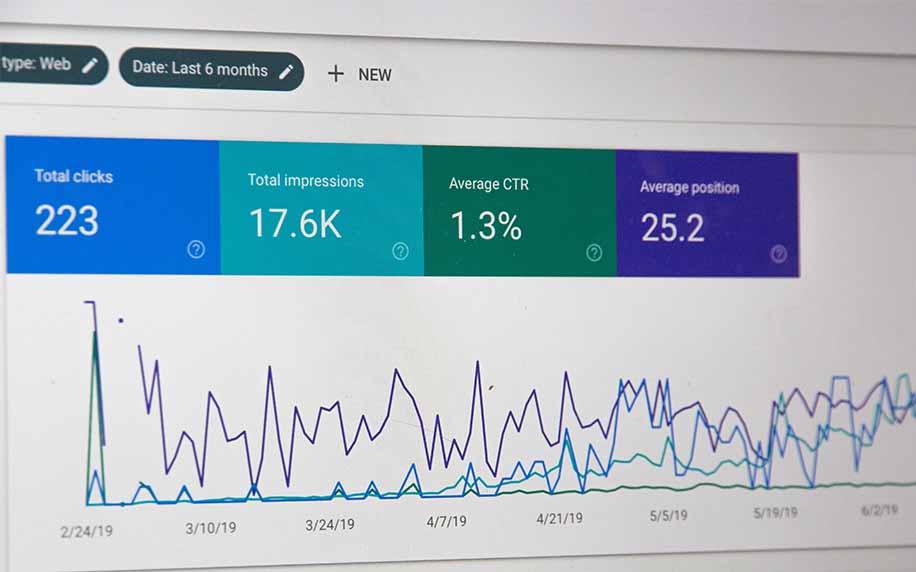‘What is readability?’ might not be your first question when drawing up content. But this means you could be missing out on a simple, easy way to ‘tune-up’ your ROI.
How? Let’s take a closer look at some essential questions: What is readability? How does it improve the SEO of my website? What can I do to improve my own readability? What are the best tools to help me improve my readability?
Essentially, readability is about making your content as easy to understand as possible, for humans and algorithms alike. This is something that many brands underestimate. The truth is that people have different literacy levels.
You want everyone to be able to understand and enjoy your content. Beyond that, algorithms aren’t quite as smart as big tech companies would like to think they are. The importance of readability reflects this fact.
In today’s hyperconnected world, we are constantly bombarded with information from a multitude of sources. From social media feeds to news articles, emails, and blog posts, the sheer volume of content vying for our attention is staggering. This information overload has created an attention crisis, where our ability to focus and absorb information is diminishing.
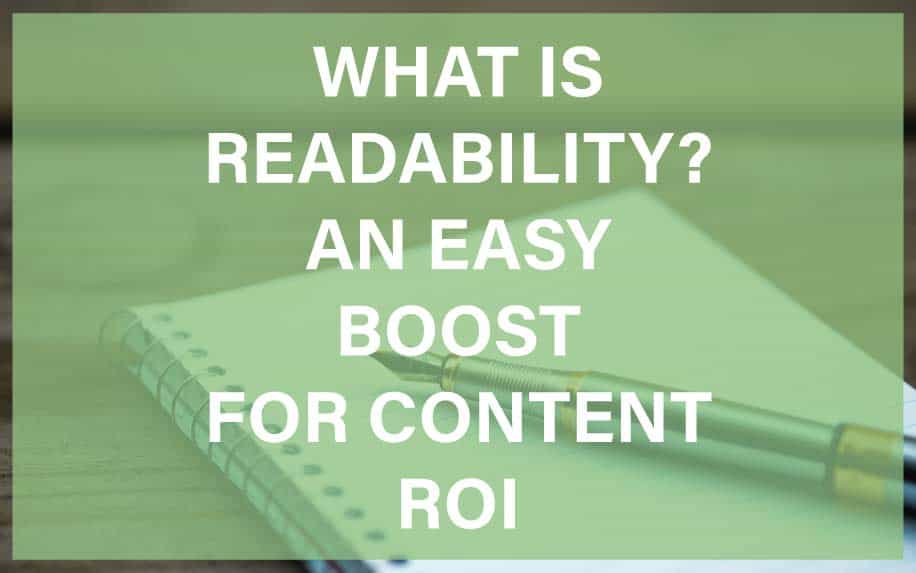
In the face of this attention crisis, the art of readability has become increasingly crucial. Readability is the ease with which a written text can be read and understood. It is not simply about using simple words or short sentences; it is about crafting content that is clear, concise, and engaging, allowing readers to effortlessly consume and comprehend the information being presented.
Research has shown that readable content is more likely to be read, shared, and remembered. It leads to better comprehension, increased retention, and improved user experience. Readable content also enhances credibility and trust, as it demonstrates a writer’s ability to communicate effectively and respect the reader’s time and attention.
In this article, we will explore the importance of readability in today’s attention-scarce world. We will discuss the impact of readability on content effectiveness, reader engagement, and search engine optimization. We will also provide practical tips and guidelines for writing readable content that resonates with readers and achieves its intended goals.
Table of Contents
What is Readability in WordPress and Beyond?
What does readability actually mean? It’s simply the combination of sentence structure, the language you use, the length of your sentences and much more. It all adds up to the one question: is your content easy to read or hard to read?
Some of the factors that influence your readability include:
Sentence structure,
- The language/tone used,
- The length of your sentences,
- Grammar used,
- The length of the paragraphs,
- Headings used and transition words used.
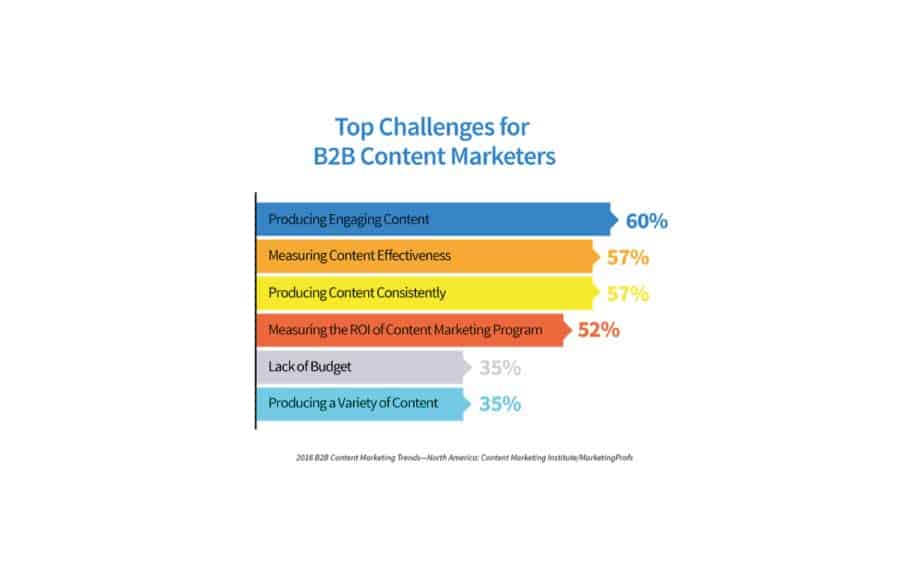
How Do I Get a High Readability Score?
The conventional wisdom is that your content should be useful for an expert, but that you’re granny should understand it. Of course, this ignores the fact that many people have smart grannies.
All the same, the basic principle is that anyone should be able to get the same value out of your content, regardless of their literacy or expertise.
So how can you achieve this?
As noted above, readability is made up of a handful of factors:
- Sentence length: All sentences should be as concise and to the point as possible.
- Vocabulary: Don’t use technical jargon where simple language will do.
- Paragraphs: Generally, your paragraphs shouldn’t be any more than 3-4 lines long.
- Style: Don’t use complex or overly literary styles.
- Grammar: Avoid complex syntax like the passive voice and multi-clausal sentences.
- Structure: Break your content up with subheadings, images and videos at least every 200-300 words.
You’ll read some people saying that you need to achieve a certain readability score for your content to be effective. The truth is a little murkier than this. Generally speaking, the higher your readability the better.
However, this needs to be balanced with providing good information. For example, in technical industries, it’s a lot harder to avoid complex vocabulary. As such, it’s important to have the most readable content possible, while still getting your point across.
Why is Readability Important?
There are many reasons why readability is important. First and foremost, users need to actually understand your content. Most people don’t finish Ulysses because they just find it too hard. The bookshop has already made their money though.
The same can’t be said about content marketing.
If someone finds your content too hard to read and gives up, they’ll leave your site. This tells the Google algorithm that they didn’t enjoy your site, so it won’t show it to other users. In this way, readability has a concrete impact on SEO.
The format of content also is important to the overall readability of your content. If your content doesn’t flow nicely it can become very difficult to read.
Similarly, if your images don’t flow with your content it can become difficult to read.
To help with images throughout your content, always make them consistent. Similar size images and images placed in similar areas of the page can also make your content easier to read.
The flow of your content can also allow you to get your message across much easier. Whether you are doing a review or writing a recipe, the flow of the content is vital.
At a basic level, your content should also be laid out in a visually appealing way. The thing to realise here is that people are lazy, especially on the internet. If you present users with large chunks of text, they’ll be less inclined to read it. User experience is key.
This is why short paragraphs are so critical.
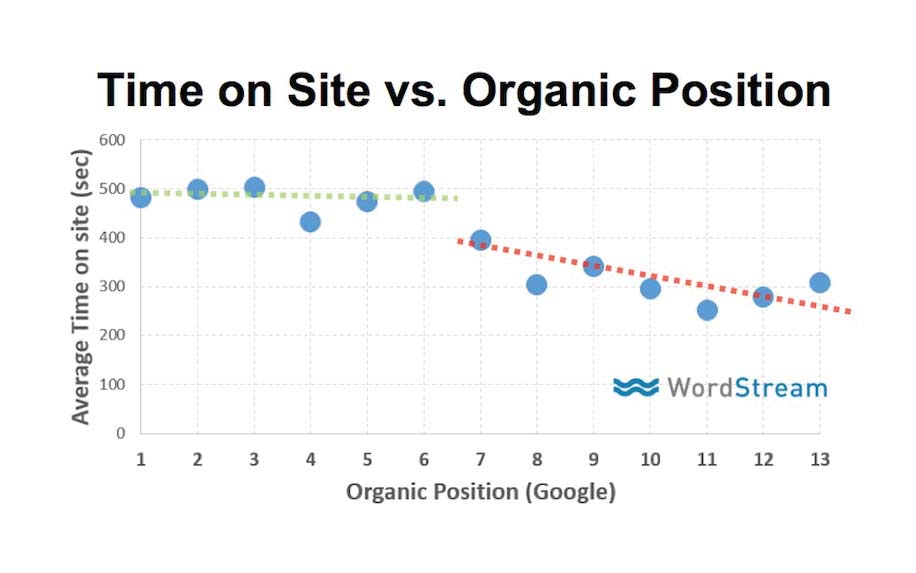
structured guide for writing readable content, presented in an actionable workflow:
Phase 1: Research and Planning
- Define Your Target Audience: Understand your target audience’s level of knowledge, interests, and reading habits. This will help tailor your content to their specific needs and preferences.
- Identify Your Content Goals: Are you aiming to inform, persuade, entertain, or educate your audience? Clearly defined goals will guide your writing approach and content structure.
- Conduct Keyword Research: Identify relevant keywords that align with your content’s focus and your target audience’s search queries. Strategically incorporating keywords enhances search engine visibility.
Phase 2: Outline Drafting
- Develop a Clear Outline: Create a structured outline that maps out the main points, supporting arguments, and overall flow of your content. This provides a roadmap for your writing process.
- Craft Compelling Headlines: Write captivating headlines that grab attention, accurately reflect the content, and entice readers to dive into the piece.
- Utilize Transition Words: Employ transition words to smoothly connect ideas, guide readers through complex concepts, and maintain a logical flow of thoughts.
Phase 3: Editing and Proofreading
- Readability Assessment: Utilize readability formulas, such as the Flesch-Kincaid Readability Test, to assess the level of reading difficulty and identify areas for improvement.
- Sentence Structure: Aim for a mix of sentence lengths, avoiding excessive use of short or overly complex sentences for better readability.
- Active Voice and Conciseness: Prefer active voice over passive voice to enhance clarity and engagement. Strive for conciseness, eliminating unnecessary words and phrases.
Phase 4: Designing for Skimmability
- Visual Hierarchy: Employ visual elements, such as headings, subheadings, bullet points, and numbered lists, to create a clear visual hierarchy and facilitate skimming.
- White Space: Utilize ample white space to break up text blocks, enhance readability, and prevent visual clutter.
- Image Usage: Incorporate relevant and high-quality images to support the content, break up text, and add visual interest.
Phase 5: Testing and Iteration
- User Testing: Seek feedback from individuals representing your target audience to assess comprehension, engagement, and overall readability.
- Data-Driven Analysis: Utilize analytics tools to track content performance, identify areas for improvement, and refine your content strategy.
- Iterative Process: Embrace an iterative approach, continuously testing, refining, and optimizing your content based on feedback and data insights.
How to Measure the Readability of Content
To help improve your own readability, there are many techniques and tools you can use. Many of the techniques even relate back to what you were taught back in school!
That’s because many time-served sentence structure, grammar and spelling techniques come to life when you want to increase your readability. All of these techniques would make your writing a better read for your users. A better read means better readability.
Using images within your content is also a great way to increase your readability. It allows content to be spread apart making it much easier to read. Users can then scan over content and then take the main points from the content much easier.
Online tools and plugins also help your readability. You can apply content to many of these tools and they will score the content using algorithms.
Read on to discover some of the best online tools…
The Best Readability Tools
On the web there are numerous readability tools to help your content perform at its best.
There are also different individual tools that can be applied to web builders, such as Yoast. This means you don’t have to go anywhere else off your web builder to check your articles readability.
Readable.io
Readable is one of the leading online readability checkers. It uses the two best algorithms to determine the score of a document. These algorithms are the Flesch score algorithm and the Gunning-Fox Index algorithm.
Some of the best features of this tool is that it will score any document including PDFs, word documents, webpages and much more. It can also analyze the readability of a site in a few minutes.
ProfileTree would recommend Readable to make improvements to your content. It is a highly-regarded way to find pieces of content you might reconsider to improve. Definitely worth a trial!
Test Tool
Another great web tool is ‘Readability Test Tool‘. This tool works very similarly to the Readable tool, as it uses algorithms to determine the readability. It is a quick and easy tool, which allows users to test their already published content. All you need is a URL.
The one downfall to the tool is that it only offers statistics of your site and your pages on the sites.
It does not highlight your pages like the readable tool does. This makes it tough to help improve the readability of your pages and articles, if you don’t know which parts of content that you need to improve.
Grammarly
You may have heard of Grammarly, as it is widely advertised online on platforms such as YouTube. So, it may be surprising to see this tool within this small list of readability tools.
The reason it is on this list?
It helps with spelling, grammar and sentence structure, which is a great big part of readability. Not only does this tool check within documents, it also checks your spelling, grammar and sentence structure online, within emails, social media and web builders.
It is a free web tool, which can be added to your extensions on Chrome.
Yoast
Yoast is a Plugin for WordPress. This tool is built for WordPress SEO.
So what does this have to do with readability? Well, the readability of the content helps out the SEO of the content. This tool implements a readability tool alongside some other SEO tools, to help your site/pages rank online.
The readability check is free with both the free and premium version of the plugin. It uses the Flesch score algorithm to determine the readability of the content within your site and pages. It also has a highlighter tool like readable, which shows which content could be improved.
If you use WordPress for your website, we highly recommend the use of Yoast, as it not only helps with your site’s readability but also the SEO of your site.
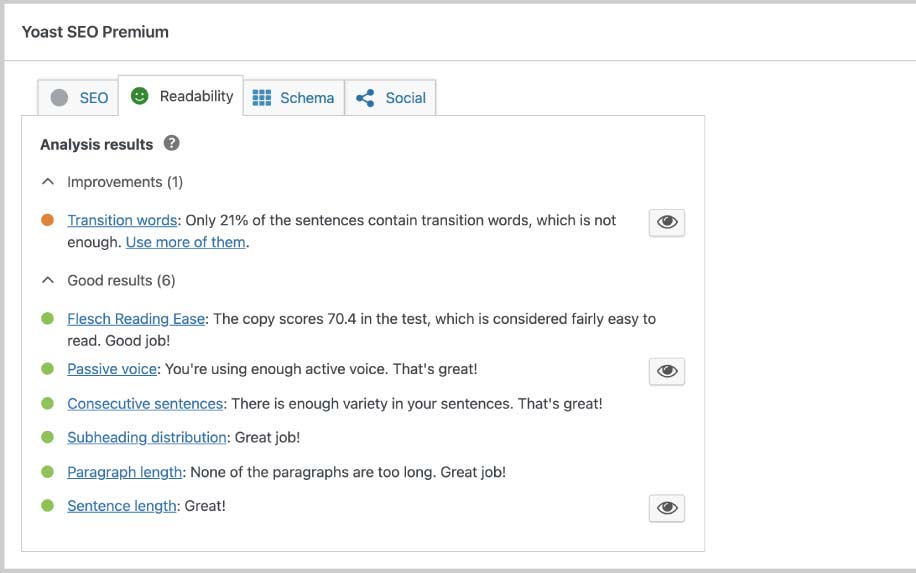
Examples of readable content from major publishers, along with before/after contrasts:
Example 1: The New York Times
Before: A lengthy news article about a complex topic filled with jargon and technical terms.
After: A concise and informative article that breaks down the complex topic into easy-to-understand pieces, using plain language and avoiding jargon.
Interview with Creator:
“When writing for a broad audience, it’s crucial to remember that not everyone has the same level of expertise on a particular topic,” said [writer’s name]. “My goal is to take complex information and make it accessible to everyone, without sacrificing accuracy or depth.”
Example 2: The Atlantic
Before: An essay with overly long sentences and convoluted paragraphs, making it difficult to read.
After: An essay with well-structured paragraphs, clear transitions, and concise sentences, enhancing readability and engagement.
Interview with Creator:
“I believe that good writing should flow effortlessly, like a conversation between friends,” said [writer’s name]. “I strive to write in a way that is both thought-provoking and engaging, keeping readers hooked from beginning to end.”
Example 3: National Geographic
Before: A scientific article filled with technical terms and dense paragraphs, making it inaccessible to a general audience.
After: A compelling article that explains scientific concepts in a clear and engaging manner, using anecdotes, analogies, and visuals to enhance understanding.
Interview with Creator:
“Science is often perceived as daunting and intimidating,” said [writer’s name]. “My mission is to demystify complex scientific concepts and make them accessible to a wider audience, showing that science can be both fascinating and relatable.”
Key Takeaways:
- Simplicity is key: Use plain language, avoid jargon, and break down complex topics into easy-to-digest chunks.
- Structure matters: Organize your content with clear headings, subheadings, and bullet points to guide readers through the text.
- Visuals enhance engagement: Use images, infographics, and videos to break up text and make your content more visually appealing.
- Seek feedback and iterate: Get input from others to identify areas for improvement and refine your writing style.
FAQ
Q: What is the difference between readability and legibility?
Readability refers to the ease with which a written text can be read and understood, while legibility refers to the physical characteristics of text that make it easy to read, such as font size, font type, and line spacing.
Q: What are some of the benefits of writing readable content?
Readability can lead to:
- Increased reader engagement
- Improved comprehension and retention
- Enhanced credibility and trust
- Better search engine optimization
Q: What are some of the most common readability issues?
Some of the most common readability issues include:
- Overly long sentences
- Complex vocabulary
- Lack of clear structure
- Poor use of transition words
- Excessive jargon
Q: How can I measure the readability of my content?
There are a number of readability formulas that can be used to measure the readability of your content. Some of the most popular formulas include the Flesch-Kincaid Readability Test and the Gunning Fog Index.
Q: Are there any tools that can help me write more readable content?
Yes, there are a number of tools that can help you write more readable content. These tools can help you identify and correct readability issues, such as overly long sentences, complex vocabulary, and poor sentence structure.
Conclusion
In today’s fast-paced world, where attention spans are shorter than ever, it is more important than ever to write readable content. Readable content is more likely to be read, shared, and remembered, leading to improved communication, enhanced engagement, and increased impact. By following the tips and guidelines outlined in this article, you can write content that is clear, concise, and engaging, resonating with your audience and achieving your desired goals.
The VERY good news about improving your content readability? Since you’re already writing the content, an awareness of readability means you can make improvements as you go along.
In truth, readability is all about getting into good habits, and understanding what good online content looks like. So, there’s no extra work. Your readers will appreciate it and the search engines will love you for it.
If you want help with your content marketing efforts, contact ProfileTree today.


